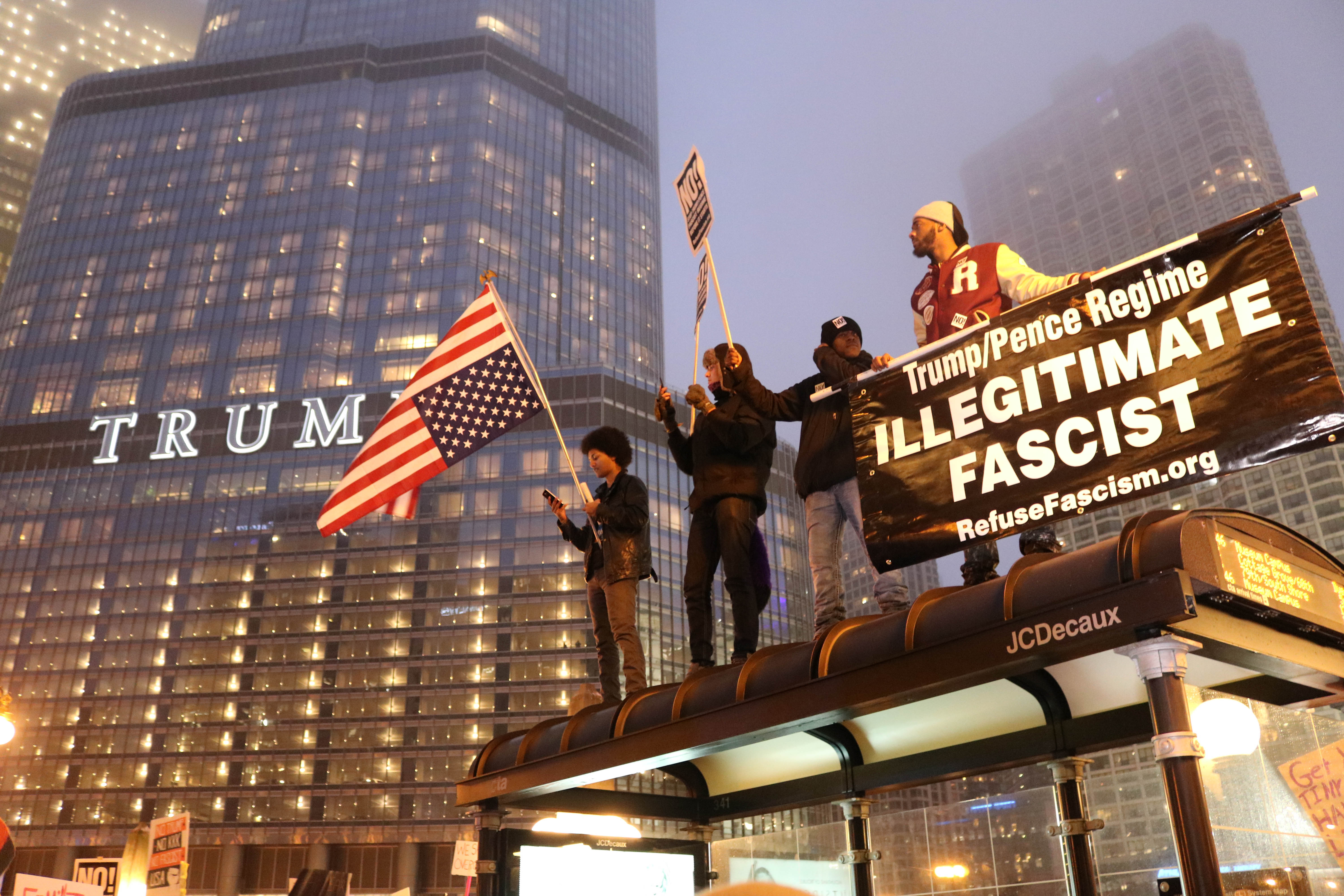
On the evening of January 24, not even a full week into his presidency, Donald Trump tweeted:
If Chicago doesn’t fix the horrible “carnage” going on, 228 shootings in 2017 with 42 killings (up 24% from 2016), I will send in the Feds!
If Chicago doesn't fix the horrible "carnage" going on, 228 shootings in 2017 with 42 killings (up 24% from 2016), I will send in the Feds!
— Donald J. Trump (@realDonaldTrump) January 25, 2017
And to those who aren’t from here, those who believe the rhetoric about police being “fetal” because they fear backlash, it probably sounds reasonable. Every week the news reports out of Chicago carry a number; so many shot, so many dead. Some weeks the reports are better than others. From the outside, it sounds like Chicago is a violent city, that criminals are running rampant, and we are the modern equivalent of the infamous Tombstone. From the inside, from the perspective of someone born and raised here through the ’90s, who grew up on stories about Al Capone and others, Chicago is in many ways the same city it has always been. Chicago has never been a city without poverty, without vice, without the crime and violence that accompany humanity wherever it goes.
Subscribe to our daily newsletter for the latest in hair, beauty, style and celebrity news.
We have one of the largest open air drug markets in the country. Despite decades of coverage, the problem has never really been addressed in any meaningful way by the city government. Want to know how you can tell where that market is? Just look at the map of Chicago shootings. You’ll notice something very interesting about where violence is concentrated in this city. That same area full of drug markets, where residents have been begging for help and not getting it? It is the source of much of the violence.
When the faces of the poor, the addicted, the struggling are White, we extend sympathy, build settlement houses, or write long op-eds about how to help those who are failing to thrive. When those faces are Black or Latinx, then the conversation is about those thugs who won’t even try to help themselves. We skip right over the reality that poverty is the root of violence. It’s easier to blame residents for not cooperating with police, then to address the sad reality that Chicago is the only major American city that has to address a history of police torture before it can move on to any concept of marginalized communities trusting the police. Building community trust is hard to do when you routinely demean and abuse community members. There’s a myth that police face more danger than ever before, when in reality, policing is a safer job than it has ever been in the past.
We don’t talk about the lack of mental healthcare options and the closing of schools as reasons our youth are more vulnerable to violence. But the fact is that when kids are already at risk because of problems at home, upping the stresses on them, on their communities, can only increase their risk of being harmed. Of being willing to do harm to others. Does that absolve youth like the Chicago kidnappers of responsibility for their crimes? No. But it can help us understand what can be done to keep it from happening again. It can get us away from blaming Black Lives Matter and focusing on the actual problems.
Subscribe to our daily newsletter for the latest in hair, beauty, style and celebrity news.
Pundits who have never set foot in the inner city resort to suggestions like “bring in the National Guard to clean out the inner city” as though anyone who lives in a high crime area has forfeited their right to safety – to due process – to the basic tenets of being American citizens.
In a city where police solve less than 30 percent of murders, where officer misconduct is a source of violence against residents, what purpose would declaring war on residents serve? Poverty is not a crime, needing help to be a healthy thriving community isn’t a crime either. The problems in Chicago are not a reason to declare war on residents. They are a reason to listen to those residents and what they need.
There are no easy answers to what’s going wrong in Chicago, no quick fixes that will turn decades of neglect and abuse around. Grassroots organizations like Mothers Against Senseless Killings can only do so much, especially without the support of the local government. Like everything else that’s been sacrificed to our ongoing budget woes, safety is at a premium in Chicago, because it costs, and our politicians aren’t willing to pay the price.
The recipe to begin to fix what ails Chicago is pretty simple, after all, it’s full of the same working class Americans we keep hearing about on the news. Oh sure, most aren’t White working class Americans, but skin color shouldn’t determine access to jobs, to education, to healthcare. Want to fix Chicago? Invest in its people, embrace the idea that the rest of the city matters, not just the North Side. Don’t let hate-filled rhetoric drive public policy, don’t let anyone tell you that a city can be saved by destroying it.





